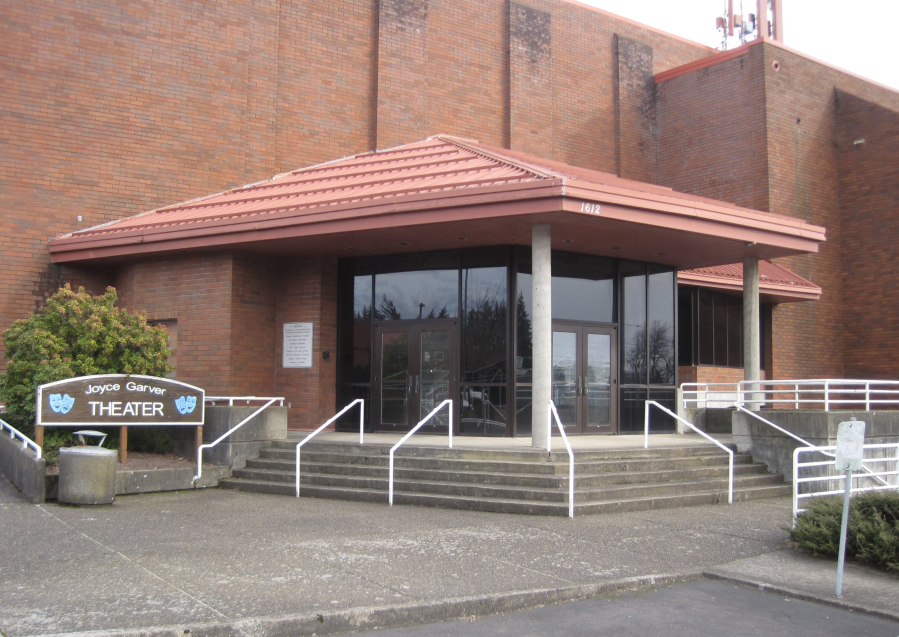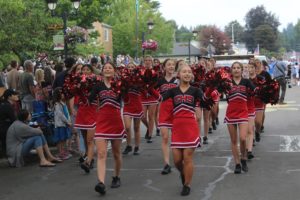Three years after voters approved a $10.4 million renovation of Camas High School’s Garfield Performing Arts facility as part of the Camas School District’s $120 million construction bond, the stage is set to revive the historic Joyce Garver Theater inside the Garfield building.
The Camas School District (CSD) board of directors approved a motion at their Monday meeting to award a contract to Portland-based Mahlum Architects for professional design and construction administration services for the Garfield Building/Garver Theater remodel project.
The contract is in the amount of $1,383,820. The district’s Capital Programs department requested an additional $69,191 to accommodate potential changes in required work for a total of $1,453,011.
Eventually, the Garver theater will be used for school district and community purposes, with programs managed by Camas Community Education and geared toward all ages.
Despite garnering voter approval as part of the same bond that built the new Lacamas Lake Elementary and Discovery High schools in Camas, the Garfield/Garver project hit a roadblock in 2017 after state legislators let a water-rights dispute tie up passage of a capital budget and left more than a dozen school districts caught waiting for state-matching funds for projects like the Garver theater renovation.


